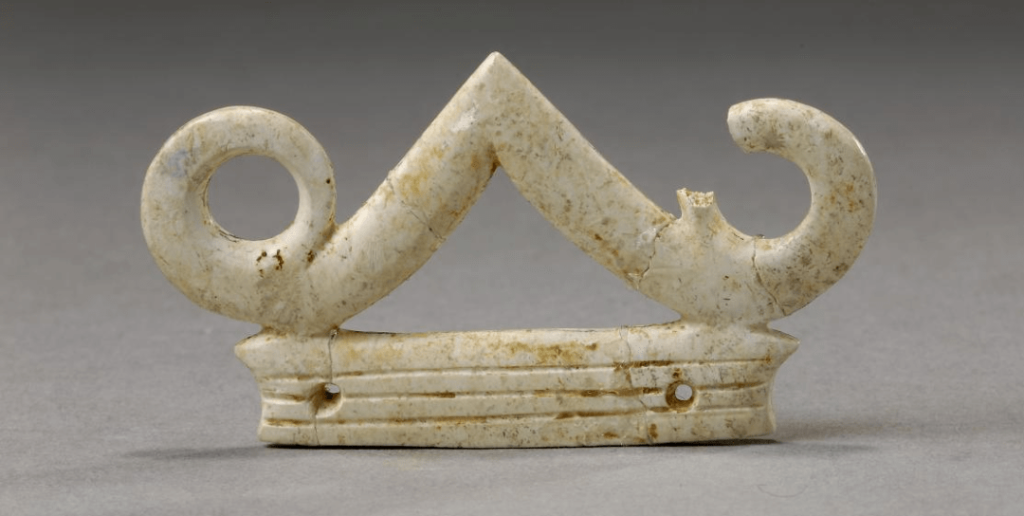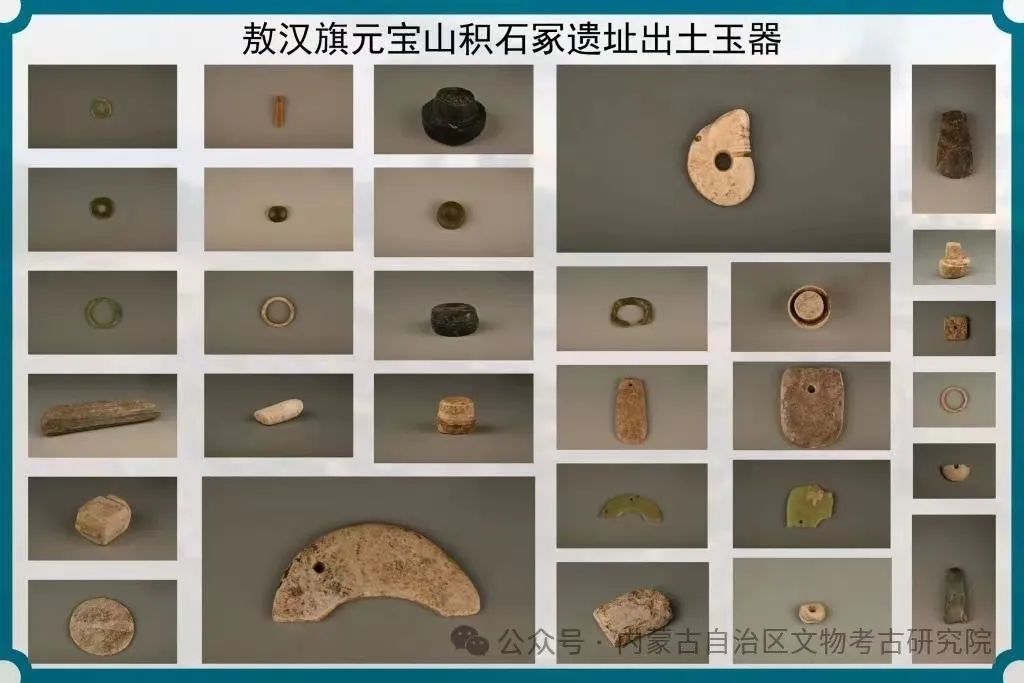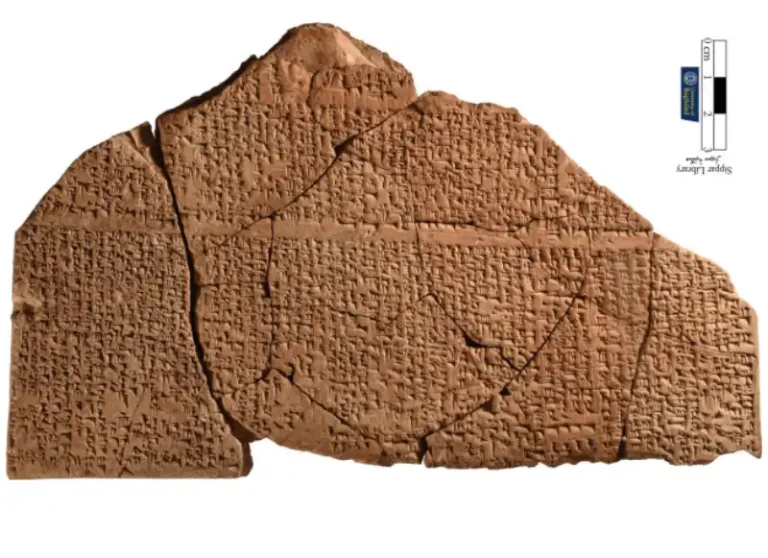The largest jade dragon of the Hongshan culture is found

Three jade dragons of varying colors and sizes, estimated to be approximately 5,000 years old, were among the over 100 jade relics of the Hongshan Culture recently unearthed in the Inner Mongolia autonomous region of northern China.
The jade artifacts, discovered at the Yuanbaoshan archaeological site in Aohan Banner in the city of Chifeng during a four-month excavation that commenced in May, comprise a palm-sized emerald green dragon, representing the largest of its kind unearthed in northern China.
The largest jade dragon among these artifacts measures 15.8 centimeters in length, 9.5 centimeters in width, and 3 centimeters in thickness. It is slightly longer than the previously unearthed specimen, which was found approximately 150 kilometers away at the Niuheliang archaeological site in Chaoyang, Liaoning Province.
![This burial and cult site, with its layout of 'circular to the north and square to the south, altar to the south and tomb to the north', revealed more than a hundred jade artifacts from the Hongshan culture at once, covering almost all types of jade artifacts from this culture. [Photo/China Daily]](http://cds.chinadaily.com.cn/dams/capital/image/202409/22/66efb6f0e4b09018c6915042_m.jpg)
The chubby, pig-headed dragons are emblematic of the Hongshan Culture, which constituted a significant aspect of the Neolithic period and encompassed the present-day regions of Inner Mongolia, Liaoning, and Hebei.
The Hongshan Culture sites, which date back 5,000 to 6,500 years, contribute to a relatively comprehensive understanding of the origins of Chinese civilization.
Dang Yu, research librarian at the Inner Mongolia Institute of Cultural Relics and Archaeology, stated that the jade artifacts unearthed at Yuanbaoshan since May encompass the majority of Hongshan Culture jade ware, including loops, discs, and axes, as well as birds and insects such as cicadas and silkworms.
![Archaeologists work in July at a rubble mound tomb at the Yuanbaoshan site in Chifeng, Inner Mongolia autonomous region. It is the largest of its kind found in sites of Neolithic Hongshan Culture in Inner Mongolia. [Photo/China Daily]](https://img2.chinadaily.com.cn/images/202409/23/66f0a9d6a3103711c348b440.jpeg)
One jade headgear bears resemblance to another belonging to the Lingjiatan Culture, which dates back 5,300 to 5,800 years in present-day Anhui province. This indicates long-distance exchanges between the two cultures, according to the research librarian.
Dang made the remarks on Sunday when addressing a seminar held in Chifeng to commemorate the 70th anniversary of the naming of the Hongshan Culture.
Since the beginning of the 20th century, the relics of the Hongshan Culture have been the subject of intense scholarly interest, both within China and abroad. At that time, the focus was on sites in a hilly area in suburban Chifeng called Hongshan, which means “red mountains.”

In 1954, Yin Da (1906-83), an archaeologist and historian, followed the advice of Liang Siyong (1904-54) and officially named this Neolithic culture after the area in his book on the Neolithic period in China.
To date, over 1,100 sites belonging to the Hongshan Culture have been identified, with the majority situated within the West Liaohe River basin in southeastern Inner Mongolia and western Liaoning.
The archaeological and research efforts that have spanned a century have elucidated certain aspects of the Hongshan Culture, most notably its sacrificial system. A meticulously constructed ritual complex, comprising an altar, a temple dedicated to a goddess, and rubble mound tombs, along with evidence of social stratification marked by the use of exquisite jade in sacrifice, was unearthed at the Niuheliang site.

At the Yuanbaoshan site, which is estimated to be between 5,000 and 5,100 years old, some of the unearthed jade relics were discovered within and beneath the walls of a round rubble mound tomb, measuring 23.5 meters in diameter. This is the largest such tomb discovered in Inner Mongolia to date.
Dang, from the Inner Mongolia Institute of Cultural Relics and Archaeology, stated that additional paleoenvironmental studies, laboratory tests, and other research methods are being conducted to gain further insight into the topography of the area, to date the relics, and to trace the sequence of construction.
Jia Xiaobing, a researcher at the Chinese Academy of Social Sciences’ Institute of Archaeology, stated that the layout of the round rubble mound tomb at Yuanbaoshan and the tomb’s surroundings exhibit similarities with those of tombs found at Niuheliang, dated to 5,000 to 5,500 years ago.

“Such consistency in an expanded area proves that a shared belief system existed among the Hongshan ancestors,” he said.
Jia is currently spearheading a program aimed at fostering collaboration between his Beijing-based institute and universities, as well as archaeological institutions in Inner Mongolia, Liaoning, and Hebei. The objective is to enhance archaeological and research endeavors pertaining to the Hongshan Culture.






